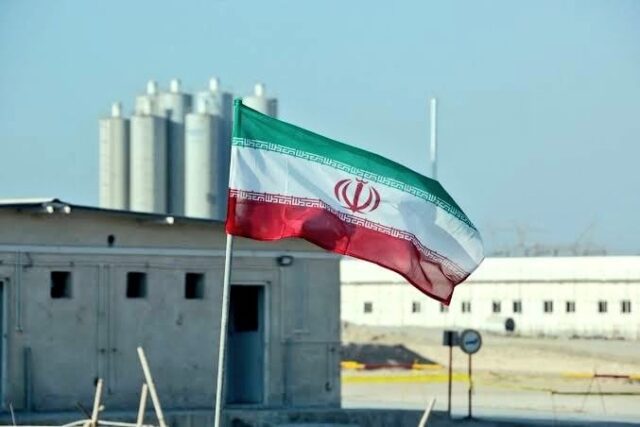Loading …
Iran can restore the way of manufacturing nuclear bombs. Photo/X/@CurrentrePort1
Since the ceasefire held by the United States and Qatar between Israel and Iran entered into force on June 24, to put the end of the 12 -day war, conflicting assessments of the scale of damage began to appear.
The wealthy reconnaissance assessment by the Intelligence Protection Agency (DIA), the US Department of Defense, according to reports, came to the conclusion that the attack did not destroy the main components of the Iranian nuclear program and the ability to postpone the development of nuclear weapons for only a few months.
This contradicts the previous statements of US President Donald Trump, who said that the attack “eliminates” Iran’s nuclear facilities. Israeli Prime Minister Benjamin Netanyahu also stated that the operation excluded the nuclear threat caused by Iran.
Nevertheless, doubts about what remained of the Iranian nuclear program was a hot point in US policy. The Trump government and high -ranking officials rejected his assessment, which underestimated the damage. Trump also accused CNN AND New York Times damage the mission.
Trita Parsi, vice -president of the executive institute of the responsible public administration of Cuinsey, said that the statement of great success on the part of the government could reflect the desire to avoid further military participation.
“They want to try diplomacy, and they understand that Israel tried to catch them in the long state of war, which Trump did not want to,” he said to the new Arabes.
In Tehran, the highest leader of Ayatollah Ali Khamenei said on Thursday that the attacks of the United States and Israel did not give any results. Foreign Minister Abbas Arachchi told Iranian state television that they received significant and serious damage.
Although Washington and Tehran acknowledge that Iran’s nuclear sections are damaged, they differ in opinions about the level of damage, assessment, which is considered the key to understanding the future direction of Iran’s nuclear program.
The 12 -day war began on June 13 with Israeli attacks on Iran’s nuclear places and the murder of the highest level commanders and scientists. Iran answered with missile attacks on Israel. On June 22, the United States joined Fordo, Nathan and Isfhan with bunker destroyers and cruise missiles.
Iran answered on June 23, aiming at the Al -Udeid air base in Qatar, without any damage. The decline in the USA and Qatar entered into force on June 24. At that time, Israel was reported that more than 900 people in Iran killed when 28 people were killed in Israel.
Diplomacy or bomb? Strategy options for the future of Iran
1. Decades of the dispute
The Israeli and the US war marked the dramatic escalation in the decades of the dispute about Iran’s nuclear program.
Since the United States has left the 2015 nuclear agreement in 2018, Iran has expanded its nuclear program, violating the restrictions of enrichment and reserves. However, Tehran denied, trying to get nuclear weapons, insisting that the program was civil and peaceful.
The initial assessment of the attacks of the United States and Israel was mainly concentrated at the place of enrichment of Iranian uranium in the converting of Fordou and Nathan and Uranus in Isfahan. These results, according to the satellite images and intelligence agents, who came to the conclusion that they received serious damage from the corresponding military attacks, which significantly violated the enrichment and processing operations.
However, the exact damage in it is still unclear without the assessment of Iran, who was not given.









